The form which initially appears to be basic at first constantly evolves and holds key elements to the effective and direct nature of Wing Chun Kung Fu. From Foundation Grade 4 the Siu Nim Tao begins to unfold and show its true meaning. Hand position, structure, Qi Gong and advanced body mechanics are just a few things learnt here.
Once a good understanding of the Siu Nim Tao form has been achieved practitioners will move into learning this form. The focus here is to build on all the learnings from Siu Nim Tao and begin incorporating dispersing Qi through absorbing a stronger force through footwork and correct body movement then using gained energy to attack. Basic kicking techniques are introduced in this form.
The most advanced Wing Chun empty hand form. Only those who have grasped a good understanding of dispersing force will truly understand what taught here. Biu Tze incorporates devastating elbows and throat striking techniques. In this form a practitioner develops the skill to attack through force instead of yielding. If a practitioner has not fully grasped the previous forms their Wing Chun will not develop much further from this point and begin to look very ridged losing the ideas taught previously.
Chi Sao
Chi Sao or Energy Arms” is a term for the drills used for the development of automatic reflexes upon contact, Chi Sau is also known as “sensitivity training”. This training method is not designed for sparring but to enhance your reactions and adaptation to an opponent’s attacks.
Chi Gerk
Chi Gerk or “Energy Legs,” is the lower-body equivalent Chi Sao training. Chi Gerk is aimed on developing awareness of the lower gate and increasing flexibility of the legs.
A form practiced against three wooden stakes shaped into a triangle which are secured in the ground. The Three Star Dummy form focuses on combining kicks, hand techniques and footwork in rapid succession. Many practitioners are unaware this form exists.
This form is performed against a wooden post with three arms and a leg. The Wooden Dummy represents a solid human opponent, practicing this form aims to refine a practitioner’s understanding of angles, positions, and footwork. The Muk Yan Chong Form teaches the practitioner new type of energy not seen in previously forms learnt.
Weapons
When a practitioner grasps the empty hand Wing Chun system they go on to learn the Luk Dim Book Kwan and Baat Cham Dao Forms. Just a handful of Wing Chun practitioners know the Ip Man version of these Forms.
Qi Gong is an ancient art, which literally means “energy work”. It is said that Shaolin Qi Gong originated from the historical and legendary figure of Bodhi dharma said to be the first Zen patriarch.
The Schools of The Siu Lam Wing Chun Organisation initially teach the Eight Pieces of Brocade (Ba Duan Jin) which consist of a series of movements designed to improve health, increase energy and strengthen the body overall at Technician level students are taught additional more advanced Qi Gong forms.
The Siu Lam Wing Chun Organisation strongly believe by teaching Qi Gong practitioners become more proficient Martial Artists.
Fa-Jing
Some Martial Arts including combative Taijiquan to develop explosive force by channeling internal energy from the Dan Tien to the hands or any other part of the body. Dan Tien is loosely translated as the “energy center” which is the essential focal point for meditation and Qi Gong practice.
By including traditional Fa-Jing exercises within the advanced stages of our syllabus our students become more effective Kung Fu practitioners in combat by utilising this explosive force.
Chin Na
Chin Na is the process of seizing and controlling your opponent. Wing Chun Kung Fu naturally incorporates Chin Na techniques within the system however The Siu Lam Wing Chun Organisation have invested vast time learning other forms of Shaolin Chin Na and have dedicated one of the intermediate grades purely to Shaolin Chin Na techniques.




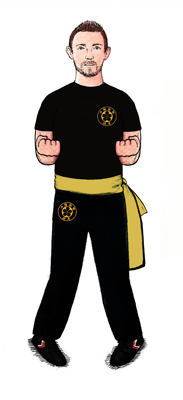
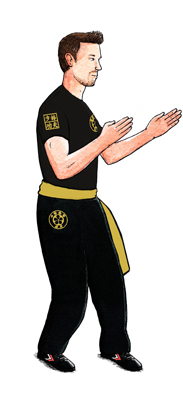
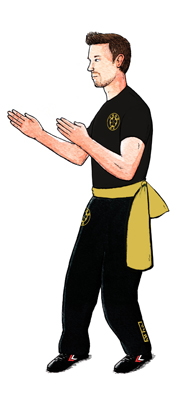



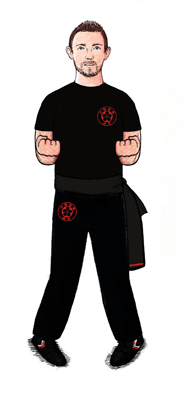

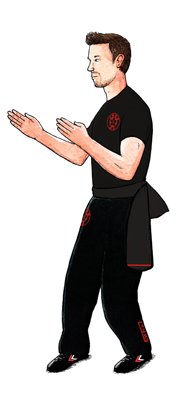
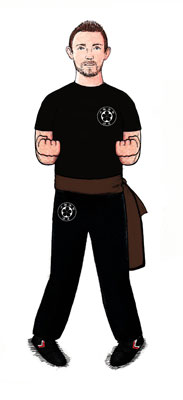
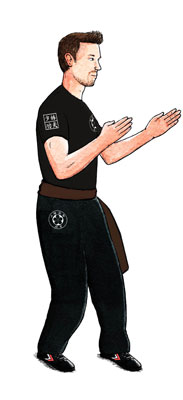
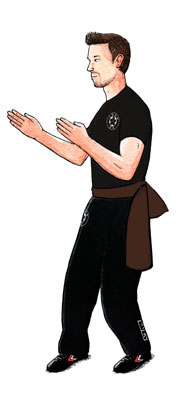
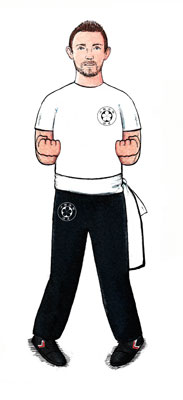
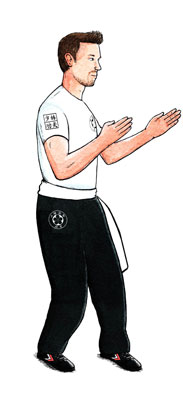
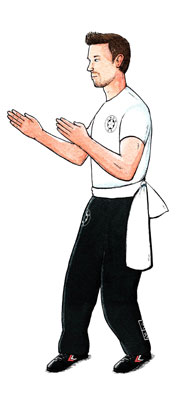
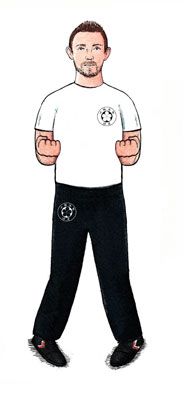
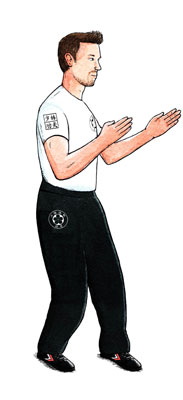
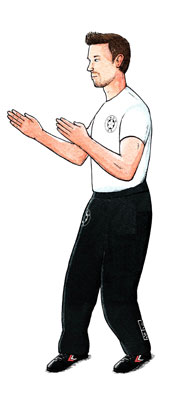

Social Media
Connect with us on social media using the buttons below.